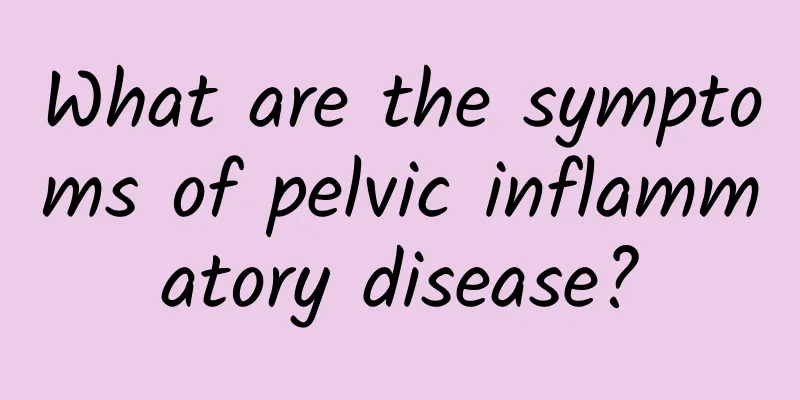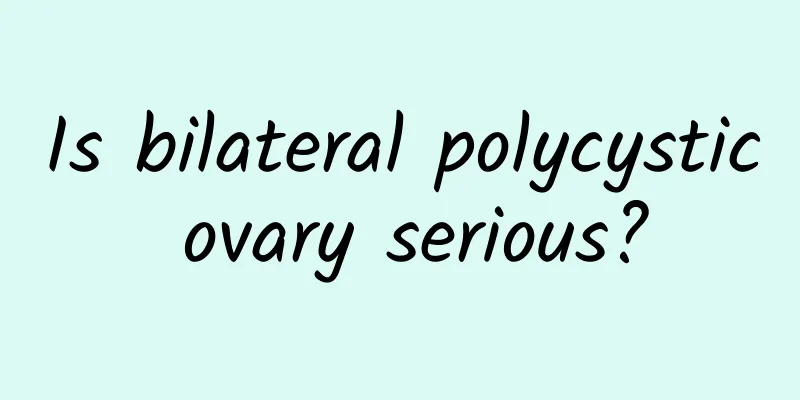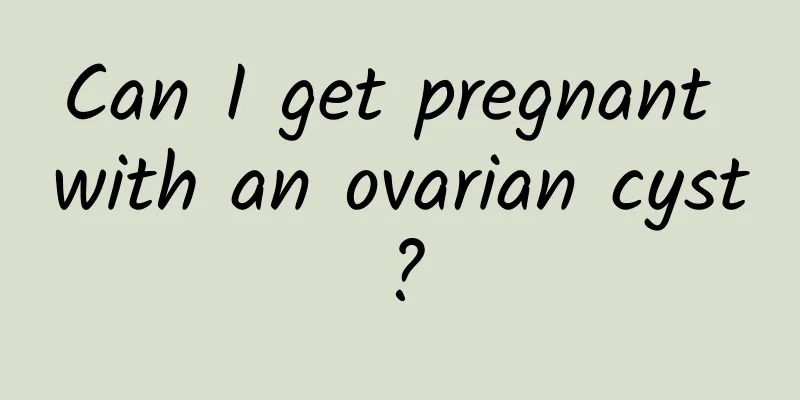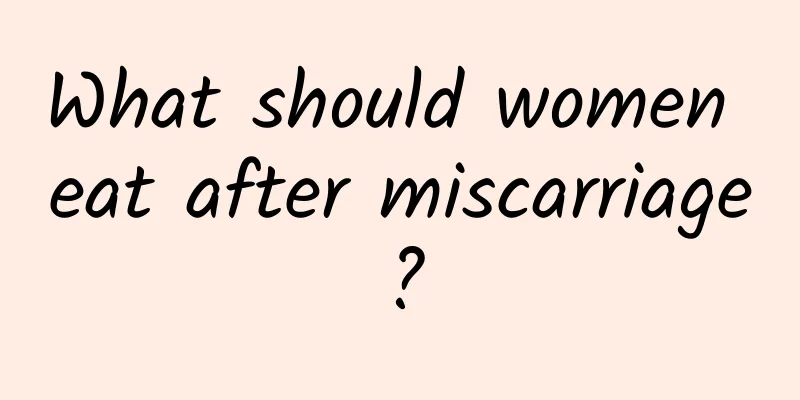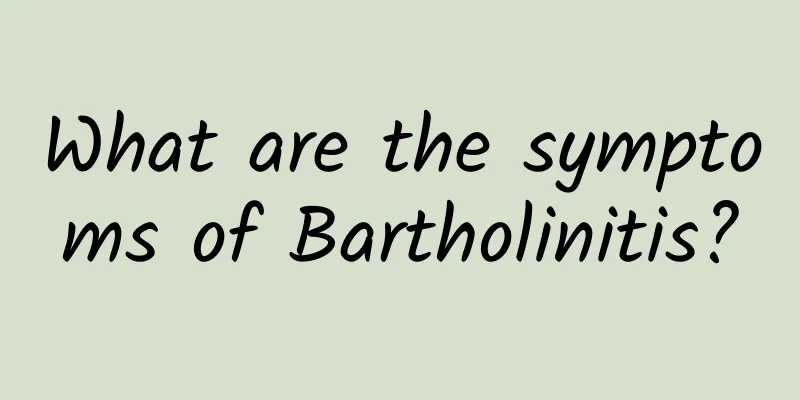Two points to note in laparoscopic treatment of ovarian cysts
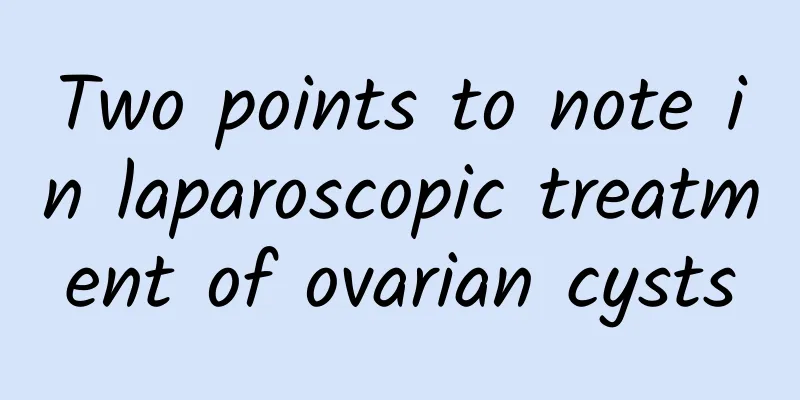
|
Laparoscopic surgery is less invasive, has a quick recovery, and is less painful. The ovary is an important reproductive endocrine organ in women, which has the functions of ovulation and hormone secretion. If the damage to the ovary is not minimized, laparoscopic surgery can be used to treat ovarian cysts, which has the characteristics of less surgical trauma and quick patient recovery. In order to reduce unnecessary damage, the following two points should be noted during the operation. Free removal of ovarian cysts During the cyst removal process, care should be taken to maintain the integrity of the ovarian cyst as much as possible, especially for suspected malignant or borderline tumors, ovarian teratomas, ovarian mucinous cystadenomas, etc., to avoid benign or malignant implantation caused by cyst rupture and spillage of contents. If rupture occurs, the cyst contents should be quickly aspirated and the rupture should be avoided from expanding or extending to minimize the spillage of cyst contents into the pelvic and abdominal cavities. For simple cysts or ovarian chocolate cysts, the cyst can be punctured or cut open manually, and the cyst wall can be removed after suctioning and cleaning the cystic fluid, which can reduce the difficulty of the operation. For patients with large cysts and extremely thin ovarian cortex on the surface of the cyst, a shuttle-shaped incision can be used as appropriate to remove part of the ovarian cortex. During the cyst removal process, care should be taken to avoid the incision tearing and extending to the ovarian hilum to damage the ovarian blood vessels. Stop bleeding After the cyst is removed, bipolar electrocoagulation is often used to stop bleeding. Hemostasis needs to be thorough and meticulous. The peeling surface should be treated first, and then the edge of the incision should be coagulated. The area with a large amount of bleeding should be treated first, and then the small bleeding points should be electrocoagulated. After the ovarian cyst is removed, the areas that are most prone to bleeding and the amount of bleeding are mostly on the peeling surface near the ovarian medulla. These areas are the first important areas for hemostasis, and finally the edge of the incision should be hemostatic to prevent the edge from curling and turning inward and affecting the exposure. |
<<: What are the effects of uterine fibroids on women during pregnancy?
>>: Tips to relieve dysmenorrhea in daily life
Recommend
The main causes of dysmenorrhea
Many female friends have experienced dysmenorrhea...
How to treat bacterial vaginosis with diet
Many patients suffer from bacterial vaginosis. Al...
How much does it cost to treat cervical warts?
Speaking of cervical warts, I think everyone know...
Which hospital is best for treating hyperprolactinemia?
Hyperprolactinemia must have caught many patients...
What are the effective methods to prevent cervical erosion? Six methods to prevent cervical erosion are introduced
When a woman develops chronic cervicitis, because...
Can chronic cervicitis in women be completely cured? Five methods to treat chronic cervicitis in women
The health impact of chronic cervicitis on people...
Who is more likely to get vaginal candidal infection?
Vaginal candidiasis is caused by fungal infection...
What should I do if my period is always one week early?
What should I do if my period is always one week ...
What should you pay attention to in preventing threatened abortion?
The harm of threatened abortion is so great. What...
Patients should pay attention to the precautions after ectopic pregnancy surgery
Nowadays, many women are prone to ectopic pregnan...
How to treat abnormal yellow leucorrhea
Abnormal yellow vaginal discharge may be caused b...
Experts introduce the prevention methods of cervicitis
Cervicitis is a common disease among women of chi...
How to get pregnant quickly with endometriosis
Endometriosis patients can be divided into three ...
What causes Trichomonas vaginitis?
Vaginitis is a gynecological disease that is part...
What are the symptoms of acute ectopic pregnancy?
Any pregnancy that occurs outside the uterine cav...

